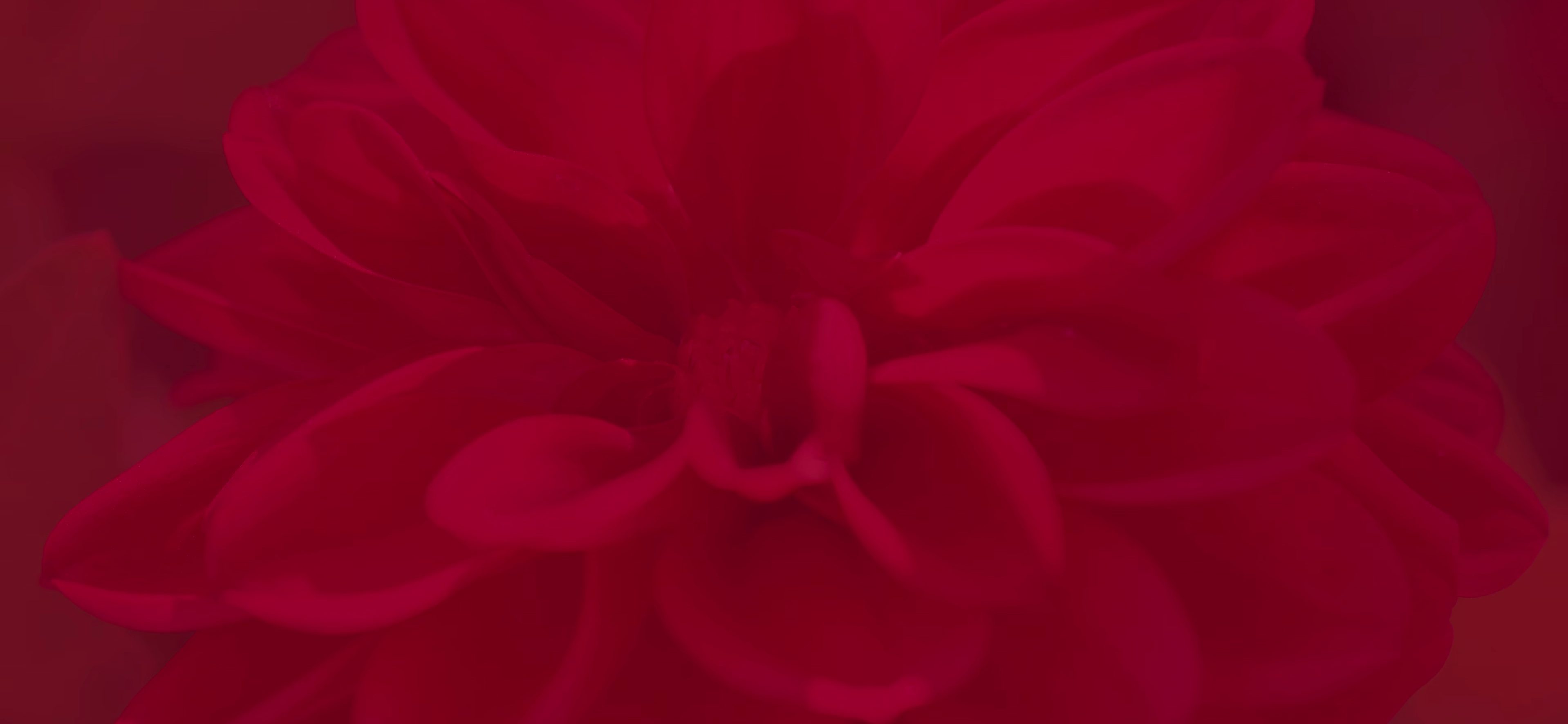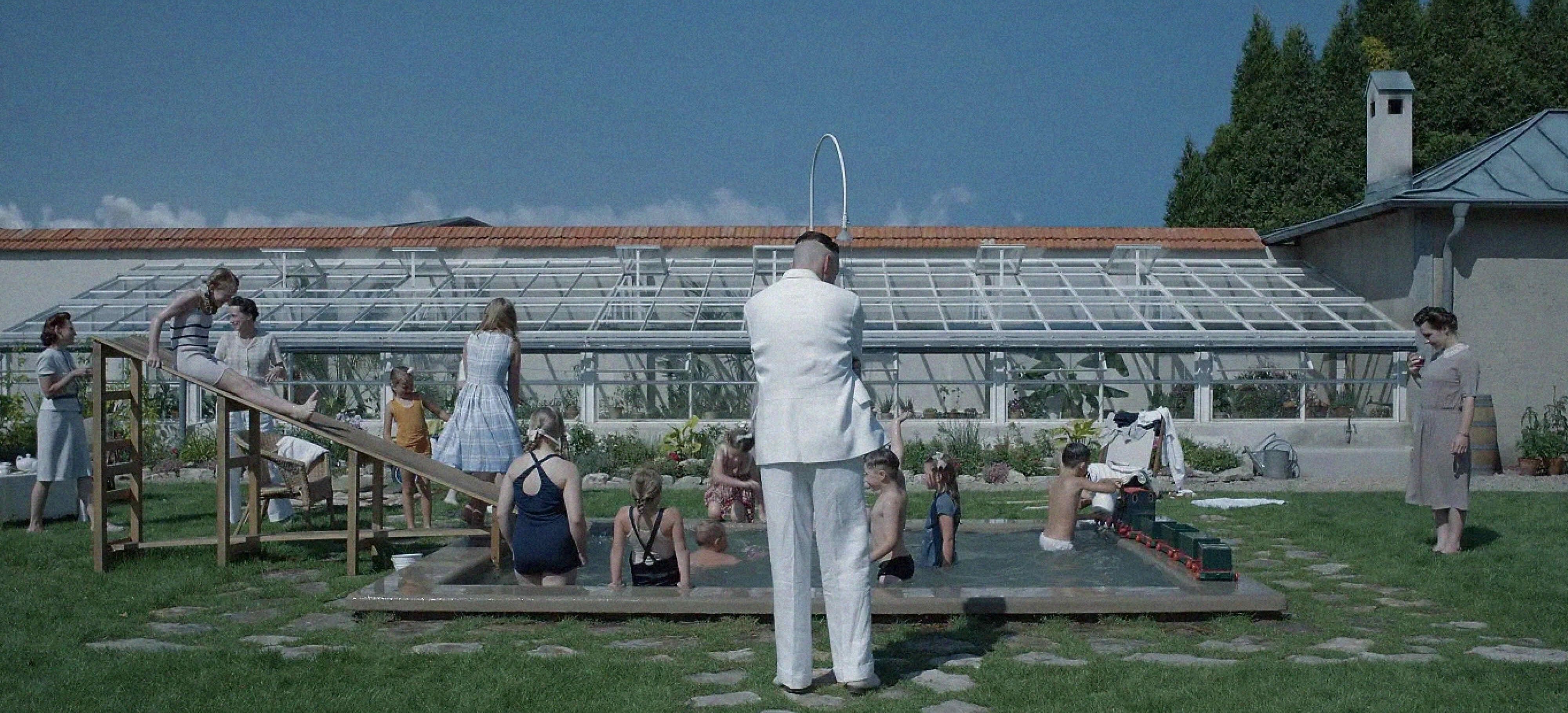Jonathan Glazer’s historical drama film ‘The Zone of Interest’ begins with a black screen right after showing the title, which lasts for a few seconds without any visuals. Even after the family of Rudolf and Hedwig Höss appears before the viewers, scenes fade to a white and red screen. These monochrome frames are an integral part of the movie Glazer made with editor Paul Watts, musician Mica Levi, and sound editor Johnnie Burn. The screens lead the viewers to create a film of their own in their minds, which is different from what Glazer and his team had decided to show the audiences! SPOILERS AHEAD.
The Significance of the Monochrome Screens
In ‘The Zone of Interest,’ the horrors of the Auschwitz concentration camp are only conveyed through the sounds of the prisoners who do not physically appear before the viewers. The sounds of the trains carrying the prisoners, gunshots, the shouts of the Nazi officers, and the screams of the individuals awaiting their execution depict the barbarity that unfolds in the concentration camp. These sounds create a parallel narrative of their own. The white, red, and black screens accompany this parallel narrative, making the viewers focus solely on the sounds to dive into the brutality that happens in Auschwitz.

“I wanted viewers to realize that they’re submerging. It was a way of tuning your ears before you tune your eyes to what you’re about to view. There is the movie you see here — and there is the movie you hear,” Glazer explained the significance of the black screen at the start of the film to Rolling Stone. The purpose of the white screen is not drastically different. It appears after Rudolf Höss decides to expand the Auschwitz concentration camp to kill more people in the crematoriums in the place. As the white frame appears, the screams of the prisoners increase, affecting the viewers.
The red frame was a collaborative creation of Glazer, Watts, Burn, and Levi. Burn’s sound ran out over the close-up shot of a red rose. “It was Mica who said: ‘Why don’t we sort of break the fourth wall and kind of burn out the screen?’ Paul [Watts] had the idea of cutting to red. He AirDropped a simple red graphic to me, and I chucked it in the timeline. Then Mica went, ‘I think it needs to go boop,’ and they tried a few things. In the space of 30 minutes, we had it,” Burn told The Hollywood Reporter. Using the black and red frames, Glazer aimed “to make it a narrative that you, the viewer, complete, that you are involved in and ask questions of,” as per The Guardian.

The color red is significant since it appears right after the shots of several flowers in the garden of Rudolf and Hedwig’s house. The ashes of the people who died in the Auschwitz camp are used as fertilizers in the garden and the flowers are the results of this action. The beauty of the flowers quickly turns into a red frame that possibly represents the blood and violence inflicted on the prisoners who ended up being just ashes for the plants. The frame can be viewed parallelly with the red glow that emanates from the chimney of the concentration camp, which leads our minds to the execution of more prisoners.
Read More: Dilla in The Zone of Interest: Did Rudolf Höss Really Have a Dog?


You must be logged in to post a comment.